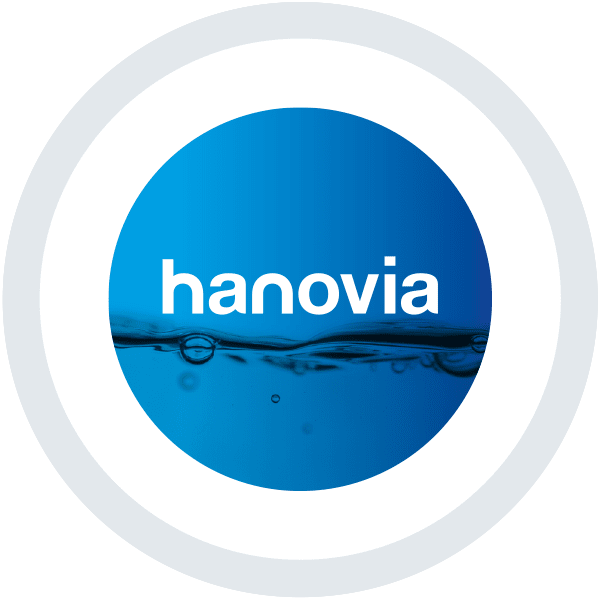Importance of water when training for a marathon.
By Tony Sibley, Global Customer Support Manager
My colleagues at Aquionics, Berson and Hanovia have been giving me plenty of encouragement and support as I prepare to tackle the daunting challenge of running the London Marathon on April 22nd. Inspired by my wife Amanda’s tremendous efforts last year, I will be dragging myself around the 26.2-mile course and raising money for the Roy Castle Lung Cancer Foundation. As many of my colleagues will know, my dad Tom lost his life to the disease five years ago, and I will be running in his memory. I was amazed by everyone’s generosity last year and I hope that we can equal or even exceed the amount we raised for this very worthy cause.
Obviously, my health and physical condition will be critical to me completing the course and challenging Mo Farah. OK, maybe not the latter, but even fun runners such as myself need to be well prepared. During the final weeks of training for the event, the way in which I have been fuelling my body has therefore become ever more important. Although the 20-mile training runs, which burn more than 3,000 calories, provide plenty of scope in terms of what I can consume, I have been eating mainly protein-rich foods such as chicken, turkey and fish. These are accompanied by some good green vegetables, sweet potato and salads. My normal diet doesn’t usually include a lot of carbohydrates, so I haven’t had to make any changes there in the run-up to the marathon.
Another thing that doesn’t change is the need to remain well hydrated. As you are probably aware, our bodies are nearly two-thirds water, so it is crucial to consume enough fluids to stay hydrated and healthy. Failure to drink enough fluids can lead to feeling tired, getting headaches and underperforming. ‘Fluids’ not only includes tap or bottled water, but also other drinks such as tea, coffee, milk, fruit juices and soft drinks. We also absorb water from the food we eat, which on average provides about 20% of our total fluid intake.
The amount of fluid we need to drink depends on many things, including the weather, how much physical activity we do and our age. However, the Eatwell Guide suggests drinking six to eight glasses of fluid per day, which is on top of the water provided by the food we eat. As part of my preparation I am drinking a pint of milk after every run because it has a high protein content and is good for muscle recovery. Aside from protein shakes, everything else is all about water, as there is nothing better for hydrating the body and keeping me in the best possible condition.
The condition of the food and drink I consume is something I take very seriously. When drinking water, milk or soft drinks, most people wouldn’t give its production process a second thought; they will simply take it for granted that it is fine to drink. However, because of my job at Hanovia, I am acutely aware of the standards, processes and technologies in place to ensure fluids are safe for human consumption. For example, tap water and the water used in the production of food and beverages goes through a rigorous treatment process to prevent contamination ever reaching the consumer.
Water contaminants fall into four basic categories – aesthetic, biological, chemical and dissolved solids – and contamination can come from three primary sources:
- Rainwater – Although usually safe to drink, rainwater has become increasingly contaminated due to air pollution in various parts of the world.
- Surface water – Storm water run-off can pollute rivers, streams and lakes, and much of the contamination comes from agriculture and industry.
- Groundwater – Water from underground aquifers is usually safe to drink, but over the past few years contamination has increased. Water that is deep underground is more protected from many types of contamination. Geology and soil make-up also affect water quality. Groundwater may be contaminated by naturally occurring elements like arsenic, selenium or boron.
Because of these contamination risks, if water is not properly treated or disinfected it can pose a serious health threat to anyone who drinks it. If I became ill now from drinking poor quality water, that would be my marathon ruined. These health risks make water treatment incredibly important, and advanced modern UV technology provides the best non-chemical disinfection solution for ensuring process water is free from harmful microorganisms and is safe to use in production of high-quality food and drinks.
So please remember to always keep yourself properly hydrated – whether you’re preparing for an endurance race, or just as part of your normal daily routine. And with treatment technology such as UV ensuring our water’s high quality, we can happily keep on drinking it without having to worry about its safety.
● If you would like to support my fundraising effort for the Roy Castle Lung Cancer Foundation, please visit my JustGiving page at www.justgiving.com/fundraising/tony-sibley2





 沪公网安备 31011202013557号
沪公网安备 31011202013557号